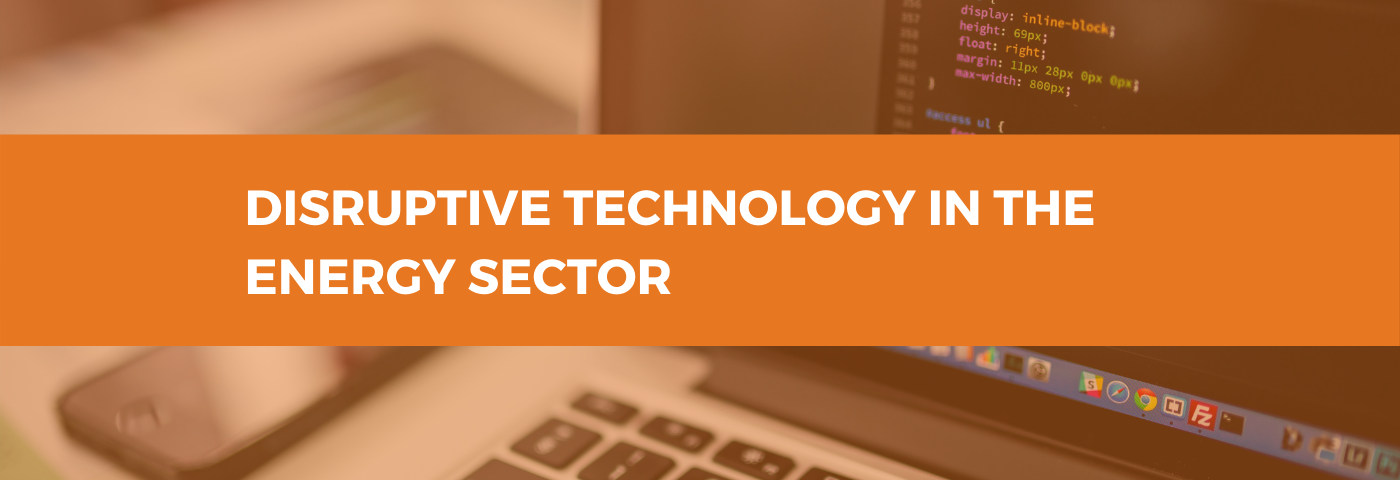
By Euan Murray, Senior Associate in Shepherd and Wedderburn’s construction and special projects team.
Disruptive technologies influence every area of our lives and the energy sector, in particular, is likely see the effects of this rapid change in the short to medium term.
What is disruptive technology?
Disruptive technology is typically something that starts out relatively small scale and grows to crowd out and then replace an existing service by delivering results more quickly and more cost-effectively. An example of disruptive technology is the change from fixed landlines to mobile phones, which provided effective telecommunication systems where no fixed line infrastructure previously existed.
Disruption in the energy sector
A few examples of disruptive technology that will impact the energy sector are outlined below. It is worth noting that renewable energy itself was not long ago seen as a disruptive technology. Since then it has grown to become one of the primary means of energy generation globally.
- Artificial Intelligence and robotics: these technologies will almost certainly have practical implications but there are also legal implications to consider, notably around the allocation of risk and liability for decisions made by AI when entering into contracts.
For example, who is responsible when AI takes a decision that is wrong and that decision causes loss? AI and robotics can deliver potential efficiencies and new ways of working. For example, drones can now be used to survey sites and monitor or deliver components, which can save cost while also improving health and safety.
AI will also allow parties to change and optimise the way assets are utilised.
As the energy sector moves further towards digitisation, the employer in any contract will need to ensure it has appropriate access to all of the relevant intellectual property rights and copyright data to ensure the format can interface with client systems as without this, it may not be able to use the data and systems effectively. Utilities in particular will need to consider the impact of proprietary technology on its supply chain and whether tying into to a particular system could create a future compliance risk from a procurement perspective.
Local generation and distribution: in terms of generation, transmission and distribution, small-scale generation technologies, matched with digitisation, are driving down costs and improving efficiencies across the renewable energy sector. This will likely see a move towards local generation and distribution, which could have significant implications for grid infrastructure. From a legal perspective, home and business owners would be able to use these technologies to generate and optimise their own power consumption and then trade excess energy. They should eventually be able to sell or transfer excess energy to their neighbours. Such a model will give rise to material implications for Distribution Network Operators (DNOs) and is likely to trigger a move towards a Distribution System Operator Model. This could have profound consequences for the transmission system and network charging.
3D printing, smart materials and off-site materials: 3D printing has recently taken a significant step forward as the capability to print metals has become cheaper, which in turn could yield efficiencies and benefits, specifically in the energy construction and service and maintenance sectors. Greater use of smart materials would also have a significant impact on the market. Materials that can self-heal would fundamentally change the industry. By way of illustration, parties would need to consider the impact on Service and Maintenance Agreements and defects provisions in all contracts. Taken together with the rise of AI and robotics, such as using drones to service and repair components using smart materials, such advances could revolutionise these industries. The construction sector is also increasingly doing more of its work off-site. Parties need to consider the legal impact of off-site construction in terms of ownership and transfer of title to such materials and components, as well as optimising the payment profile to guard against insolvency issues. In Scotland, for example, an Off Site Materials Agreement may be required to ensure the paying party has title to the goods, notwithstanding that the components have not been delivered to site and incorporated into the works.
Any commentary on disruptive technology would not be complete without a reference to blockchain.
Blockchain is effectively a digital ledger system where transactions are recorded using decentralised technology. This is the platform on which digital currencies operate. The ledger is public and cannot be altered retrospectively and this has a number of potential applications. Although itself a new technology, the most interesting thing about blockchain is that it could pave the way itself for any number of as yet unknown disruptive technologies.
In summary, the next few years will be interesting times for the energy sector, which will need to adapt and react as new technologies come online. Disruptive technology is a good thing as it can deliver efficiencies and reduce health and safety risks. However, it does also generate uncertainty for regulators and investors, who will not want to progress or invest in something that could, down the line, result in a stranded asset or investment. Increased use of technology also goes hand-in-hand with an increased requirement for cyber security. For those implementing and using new technology, it will be important to ensure contracts are robust and flexible enough for companies to anticipate, adapt and react to these issues at the same time.
Euan Murray, Senior Associate in Shepherd and Wedderburn’s construction and special projects team.

